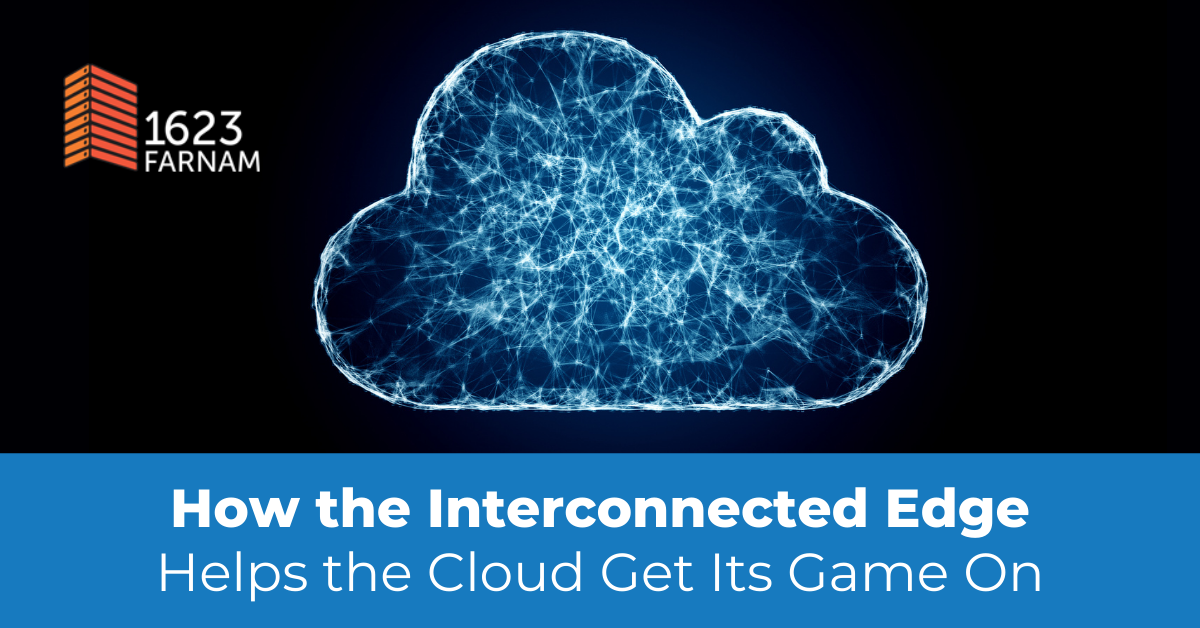Capacity Media recently featured 1623 Farnam in an article written by Vice President of Business Development, Greg Elliott.
It was two decades ago, at E3, a popular trade event for the video game industry, when enthusiasts were first able to witness a cloud gaming demonstration.
Ten years later, in 2010, OnLive became the first publicly available remote cloud gaming platform. But even after Sony acquired OnLive just five years later and converted this technology along with another cloud service to create PlayStation Now, the reception was decidedly mixed.
For one, the relaunched cloud gaming iteration still required powerful hardware, which runs contrary to the promise and value prop of cloud gaming. And two, most of the games were extremely vulnerable to latency. Even today, as players in multiple world markets become increasingly excited about the flexibility of console-less gaming, wide adoption depends on low latency solutions that eliminate frustrating performance delays and disruptions. To keep gamers engaged will require innovative solutions at the edge capable of powering real-time, interactive cloud gaming.
On the Cusp of Mass Adoption
In addition to Sony’s PlayStation Now, a number of other Big Tech and incumbent gaming companies have launched much-heralded cloud gaming services over the past several years, including Google’s Stadia, Microsoft’s Project xCloud, Nvidia’s GeForce Now and Tencent’s Start. There are more than two billion gamers on the planet, but until cloud gaming arrived, there was no device-agnostic means available to access on-demand videogame content.
Not unlike where Netflix stood in 2007 when it first introduced video streaming — allowing subscribers to untether themselves from their living room television sets and DVD players to instantly watch popular series and movies on their personal computers — cloud gaming stands on the cusp of mass adoption. On a subscription basis, users can now access a diverse library of videogames on-demand and streamed to their console, computer, tablet, smart television and even their smartphone. Because content is not stored on the user’s own hard drive, cloud gaming allows users to play without downloading or installing the actual game, as they would do with a console title. Additionally, this allows gamers to access a range of titles without the necessity of powerful, high-end processing personal computer.
But the fact remains that cloud gaming is, like many other media platforms, delivered as software-as-a-service (SaaS). Meaning that cloud service providers deliver these videogames to end users via the Internet, which in turn increases the demand for low-latency connectivity and the mitigation of packet loss to ensure quality of experience. While a cloud service’s performance varies in part on the end-user’s home Internet speeds, it’s equally important that the data traversing the network takes as short and uninterrupted a journey as possible from one’s device to a data center and back again.


